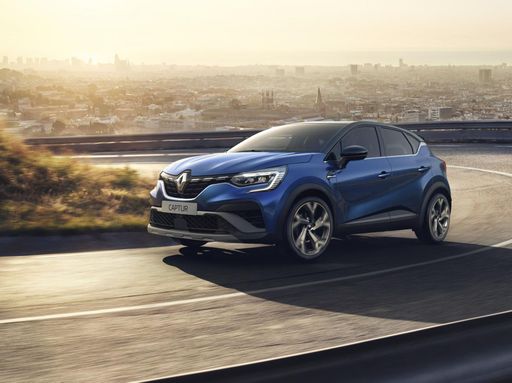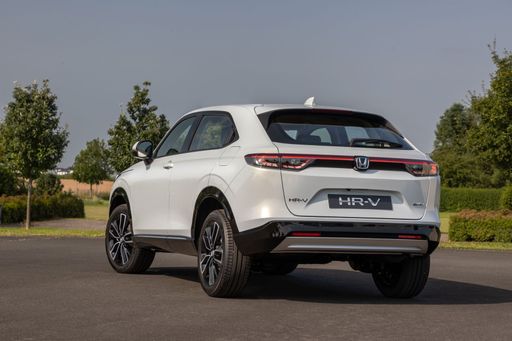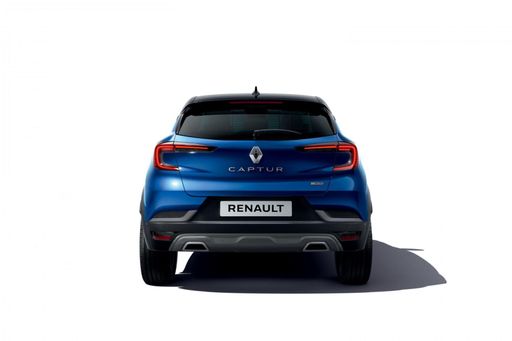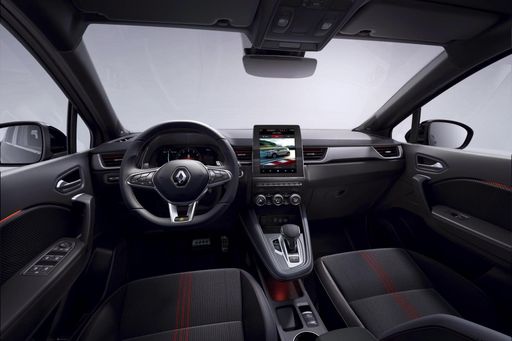The Battle of Compact SUVs: Honda HR-V vs. Renault Captur
In the fiercely competitive world of compact SUVs, the Honda HR-V and Renault Captur stand out as top contenders. Both models showcase a blend of style, performance, and innovation that caters to varying preferences. Let's dive into the specifics of these two popular models to see how they measure up against each other.








